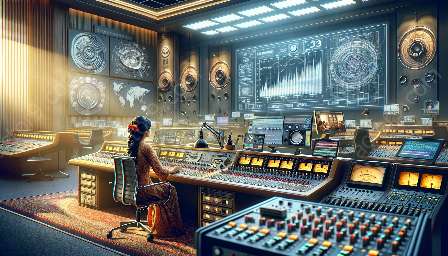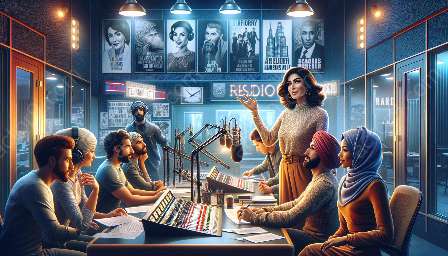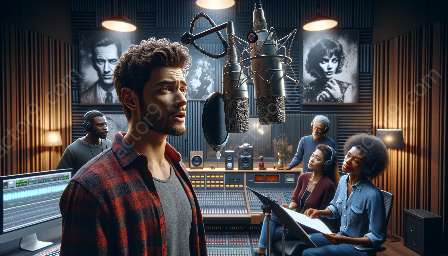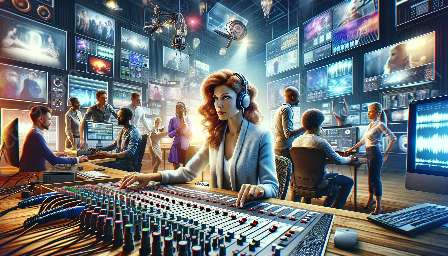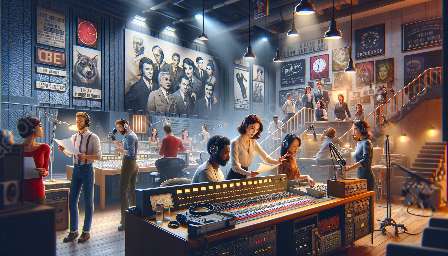Radio drama holds a special place in the world of entertainment, engaging audiences in unique ways through sound alone. When it comes to live radio drama performance, there are both challenges and benefits that need to be carefully considered. This article will delve into the intricacies of live radio drama performance and its compatibility with interpretation and performance in radio drama and radio drama production.
Challenges of Live Radio Drama Performance
Performing live radio drama poses various challenges that require a high level of skill, coordination, and adaptability. Unlike traditional stage performances, radio drama relies solely on the auditory senses, demanding a heightened focus on vocal delivery and sound effects. Additionally, the lack of visual aids places greater pressure on the performers to convey emotions and actions purely through their voices.
Furthermore, the live aspect introduces the risk of technical errors, such as sound glitches or mis-timed cues, which can disrupt the flow of the performance. This requires the entire production team to be adept at troubleshooting and making quick, seamless adjustments to maintain the quality of the broadcast.
Benefits of Live Radio Drama Performance
Despite the challenges, live radio drama performance offers numerous benefits that contribute to its enduring appeal. One of the primary advantages is the immediate and intimate connection it establishes with the audience. The absence of visual distractions allows listeners to fully immerse themselves in the story, creating a sense of shared imagination and emotional resonance.
Additionally, the spontaneity of live performance injects a sense of excitement and energy, making each broadcast a unique experience for both the performers and the audience. The ability to create dynamic soundscapes and atmospheres through voice and sound effects alone can be incredibly rewarding for actors and sound engineers, showcasing their creativity and technical expertise.
Interpretation and Performance in Radio Drama
Interpretation and performance in radio drama go hand in hand, shaping the overall impact of the broadcast. The success of a radio drama performance hinges on the actors' ability to convey the nuances of their characters solely through vocal expression, requiring a deep understanding of voice modulation and pacing.
Furthermore, interpretation extends beyond individual performances to encompass the collaborative efforts of the entire production team, including directors, sound designers, and scriptwriters. Each contributor plays a vital role in translating the written script into a captivating auditory experience that engages and captivates the audience.
Radio Drama Production
Radio drama production involves meticulous planning and coordination to bring a script to life through sound. From pre-production stages, such as script development and casting, to the live broadcast itself, every step requires careful attention to detail and technical precision. The creation of soundscapes, background music, and foley effects is integral to enhancing the narrative and immersing the listeners in the fictional world of the story.
Additionally, live radio drama production demands effective communication and synchronization among the production team, ensuring seamless transitions and a cohesive performance. The ability to adapt to unforeseen circumstances and maintain a high level of professionalism under pressure is essential for delivering a successful live broadcast.
Conclusion
Live radio drama performance presents both challenges and benefits that enrich the artistic and technical aspects of the medium. The compatibility of interpretation and performance in radio drama, along with the intricate production processes, highlights the multifaceted nature of this unique form of storytelling. By overcoming the challenges and embracing the opportunities, live radio drama continues to captivate audiences and provide a platform for creativity and innovation in the world of audio entertainment.






